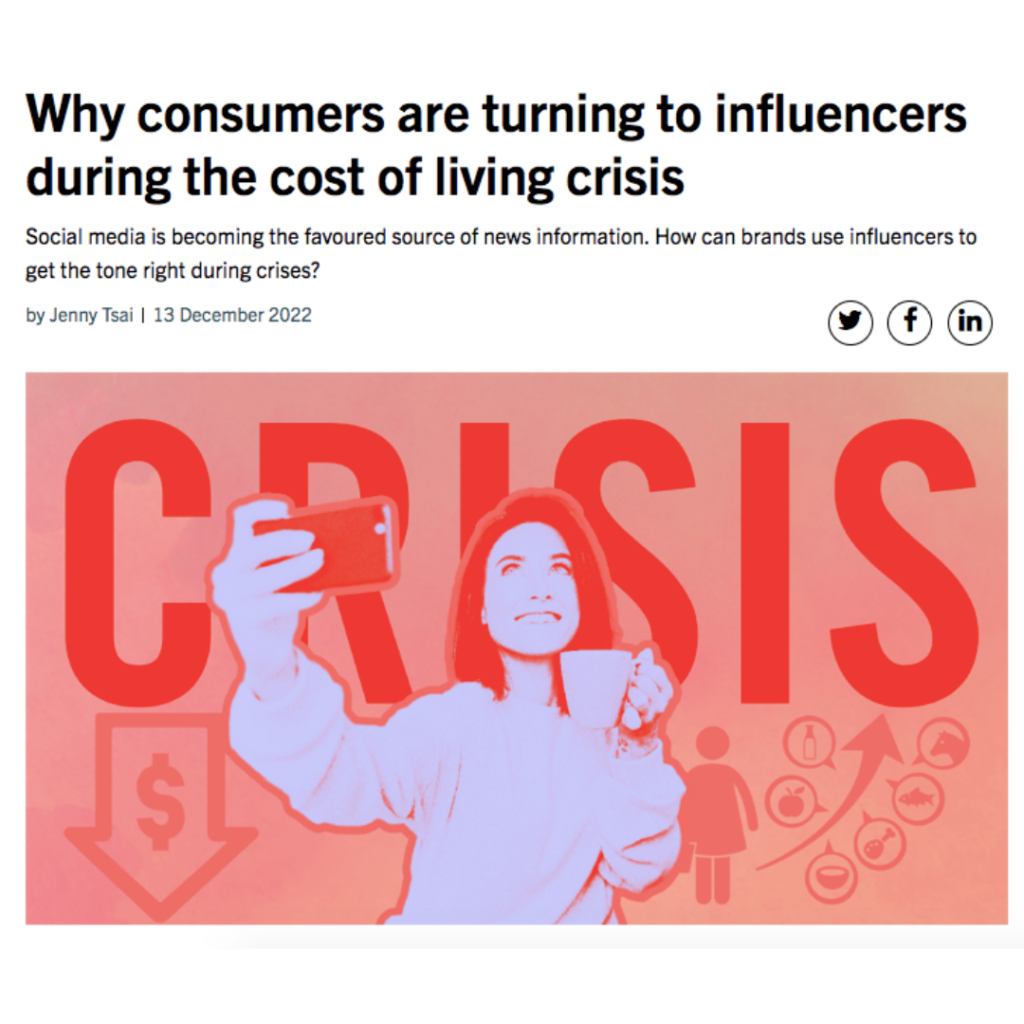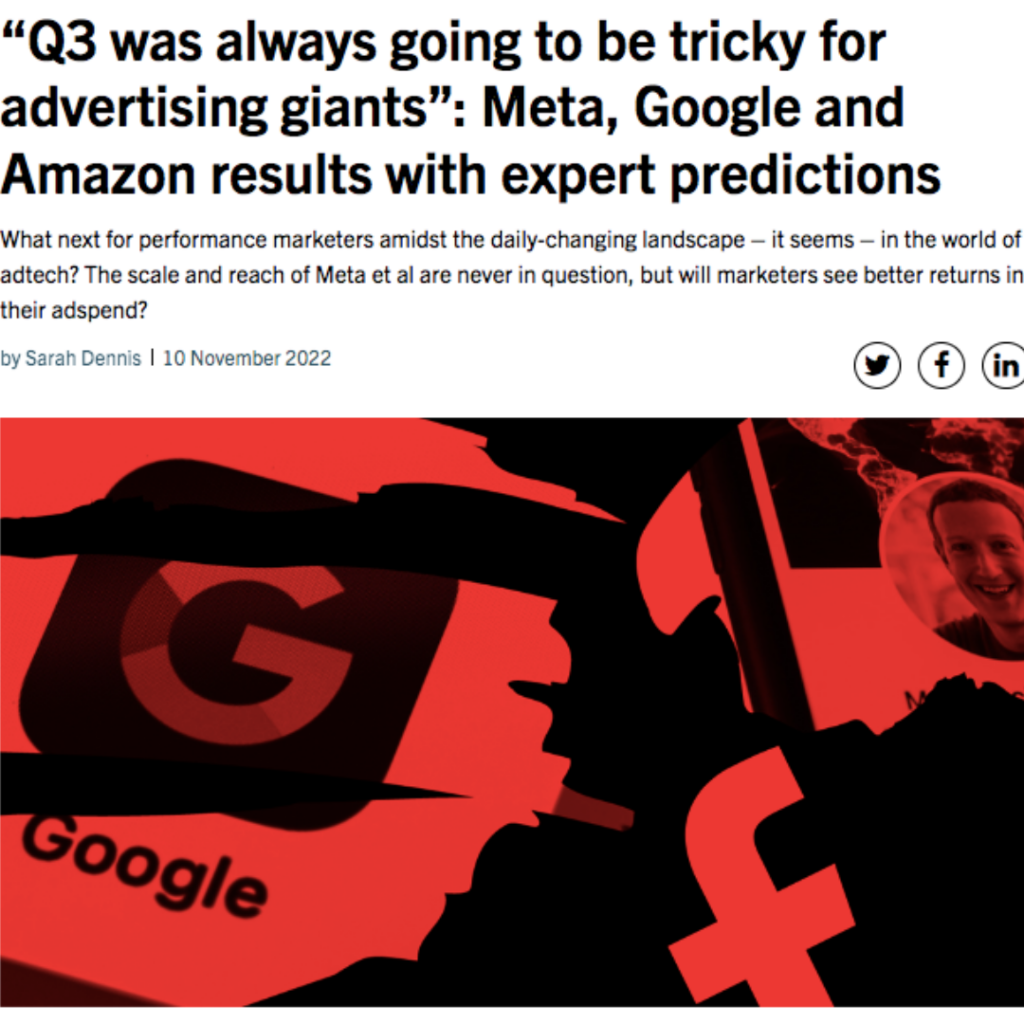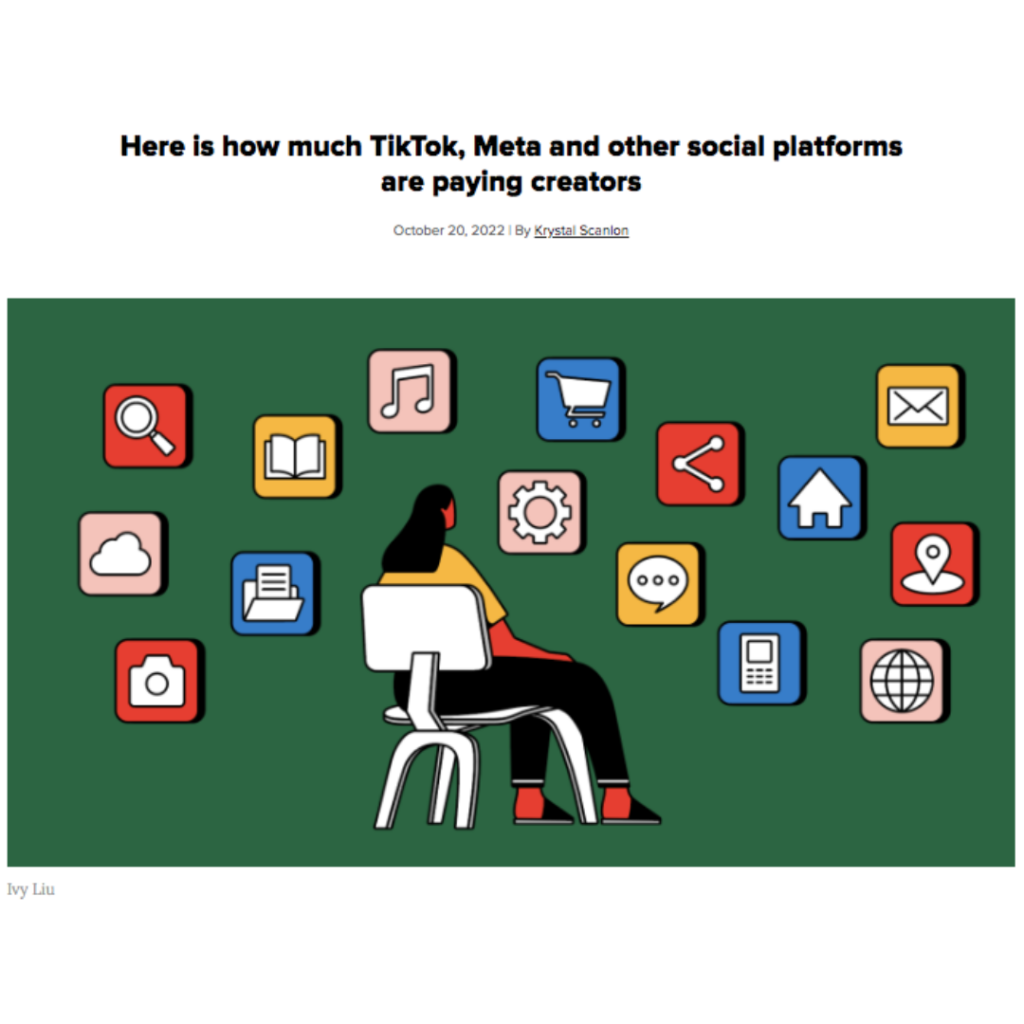
Diary Directory Sits down with Wearisma: Jemma Lamble meets Jenny Tsai
Last week saw the release of the sit down interview between Wearisma CEO and founder, Jenny Tsai with Diary Directory’s deputy editor, Jemma Lamble, to discuss the future of influencer marketing and the role Wearisma will play in the future of social and digital.
Overview
Introducing digital trend, visual commerce – the ability to shop directly from the images and videos on Instagram – to the clout of influencer marketing, brands can harness the trust between influencers and their audiences to drive sales at the point of inspiration. “Working with an influencer with hundreds of thousands of followers will not have the same impact as working with a micro influencer, who may have less followers, but has the audience that the brand can find affinity with.”
Please tell us a bit more about Wearisma and the idea
behind it…
If we see social media as an interconnected network and we do, Wearisma is preoccupied with finding the people on this network that can spread messages to target groups in the fastest way, but also the most trusted and credible way. We look for the individuals who – when they’re matched to the right brands and products – can reach specific audiences and influence them to take immediate action, and what’s now become instant gratification.
How has your experience as Director at Hearst influenced the launch of Wearisma?
As ex-Hearst International Director, I saw first hand the biggest information explosion in history thanks to wide social media and smartphone adoption. All over the world, there’s been a real shift from a humanly-curated, gate-kept, SEO-friendly spread of information to an explosive social media world. Now all information is presented as equal, consumed in a hyper-personalised feed; it’s a real “Cambrian moment” that impacts all of us. I’ve always wanted to build a business that empowers others. I saw the world of social opening up opportunities for creative social talent to build real businesses doing what they love, and for brands to multiply their sales – I had to do something about it. Hence, I started Wearisma.
Wearisma taps into the ‘see now, buy now’ social trend, but with trends constantly evolving, how do you see this one changing?
I think the “See Now, Buy Now” trend will only increase in 2017. We live in a world where people now have the ability to tap into inspiration anywhere, thanks to smartphones and inspiration heavy sites like Instagram. 2016 has seen a huge rise in ecommerce – buying not only on tablets but mobile as well. We’ve seen this trend cause a revolution in many aspects of the fashion world, notably Fashion Week. I believe the immediacy and instant gratification trend that propel this wave of technology and logistical innovation will only carry on increasing.
Many brands still look for influencers with the highest follower count hoping to tap into their reach, are we right in thinking we should look beyond the numbers alone?
Yes absolutely, brands over the years have fallen into the trap of thinking that they will get the most out of influencers with the biggest following. This unfortunately isn’t the case and over the past year alone influencer marketing has increased in sophistication.
Once again the concept of “fit” needs to be highlighted. Working with an influencer with hundreds of thousands of followers will not have the same impact as working with a micro influencer, who may have less followers, but have the audience that the brand can find affinity with. This is where influencer marketing excels and can deliver the best return for costs.
For example, we recently worked on a campaign in which an influencer with 30,000 followers across social, delivered more clicks and sales for a brand compared to an influencer who has over 170,000 followers, this is a perfect example of the brand finding the perfect fit which leads to excellent results.
What do you look for when matching influencers with brands to ensure a harmonious partnership?
We look for several different factors when matching brands with the right influencers for them. We emphasise that in order for a brand’s influencer strategy to work, the key is to find the right “fit” of influencer, as opposed to one with the largest reach or the highest engagement. This way you keep authenticity and don’t turn the influencer’s audience ‘off’. This “fit” comes in many different forms and incorporates individual style, tone, presence, audience demographic, their organic content choices and many other factors. We match brands and influencers over 25+ data points.
“Consumers have lost faith in traditional media sources, and increasingly blogs and digital sources are filling this void. Existing magazines need to identify how to utilise influencers in different sectors, in order to create a gateway back to the consciousness of the consumer.”
What can brands learn from you, in regards to working with influencers and getting the most out of it in terms of ROI?
One aspect we provide over our competitors is full analytics so therefore brands can not only see existing analytics against influencers from previous campaigns (including clicks, sales and audience data), but also see full analytics for all their own campaigns, assisting marketeers in fully assessing the success and ROI of campaigns beyond likes and comments.
Instagram hasn’t yet made clickable links easily accessible for all from individual posts, do you think this is something that will change to make the ‘see now, buy now’ trend more seamless on this platform?
Instagram is in a curious position where it finds itself to be the hub of fashion inspiration and one of the main triggers in the “See Now, Buy Now” revolution. However, on the other hand it can’t open the flood gates to links, which would see it become an e-commerce platform, an aspect which may enrage regular users if they are constantly bombarded with, “buy buy buy”!
They’ve already added the ability to include links in Instagram Stories for verified accounts, however I don’t see functionalities like this being rolled out to everyone – i.e. to include non-verified influencers – as it would change the very nature of Instagram as a platform.
In your experience, what is the most common social platform that drives the most effective brand/influencer partnerships?
In my experience, different platforms are beneficial for the different type of results marketeers are trying to drive; therefore there isn’t one specific platform that provides the most effective brand/influencer partnership.
Once again, the key is identifying what marketers want out of their influencer strategy and once they’ve identified it, it’s then down to finding the right influencer who can fulfil the goal, thus the concept of most effective platform compared to others doesn’t really apply here.
Snapchat in the US has started tapping into making its content shoppable with certain brands, do you think this will continue to evolve with brands this side of the pond?
Interestingly, we are in the midst of an all out war between Instagram (with Instagram Stories being a mirror of Snapchat) and Snapchat. Recently Instagram added the ability to put in links on Instagram Stories for all verified accounts (we took an in-depth look into what it could mean for brands on our blog), thus allowing a wide range of brands to try out a feature Snapchat is only trialling with a select number of brands.
As time moves on, brands are finding it harder and harder to engage with consumers. This combined with the “See Now, Buy Now” aspect that is hitting the fashion realms means brands are increasingly more open to trying different techniques which engage consumers. As such I think more experimental techniques on different social platforms is definitely something we will see in 2017.
Are influencers the new magazines? What are your thoughts on the future of publishing due to the rise of blogs and digital/social platforms?
In today’s hugely polarised and fragmented world, most people live within an echo chamber, making it exceptionally hard for brands to convey their core message to those outside their circles. This is where the trusted voice of influencer marketing comes in. Consumers have lost faith in traditional media sources, and increasingly blogs and digital sources are filling this void. Existing magazines need to identify how to utilise influencers in different sectors, in order to create a gateway back to the consciousness of the consumer.
QUICK FIRE
What is the first thing you do when you get up in the morning?
Play 10 min of piano (Bach!)
What new technology will transform the future?
Artificial Intelligence- A.I. – our ability to interact, collaborate and converse seamlessly with machines. Some tasks are better and easily accomplished by humans, while others better and easily done by machines. By combining our strengths, we can focus our attention on solving some of the most complex challenges facing our societies in an increasingly integrated world.
Fill in the blank: One thing on my bucket list is…
“Reading list by my own influencers”
Websites
www.wearisma.com
Twitter
@Wearisma


